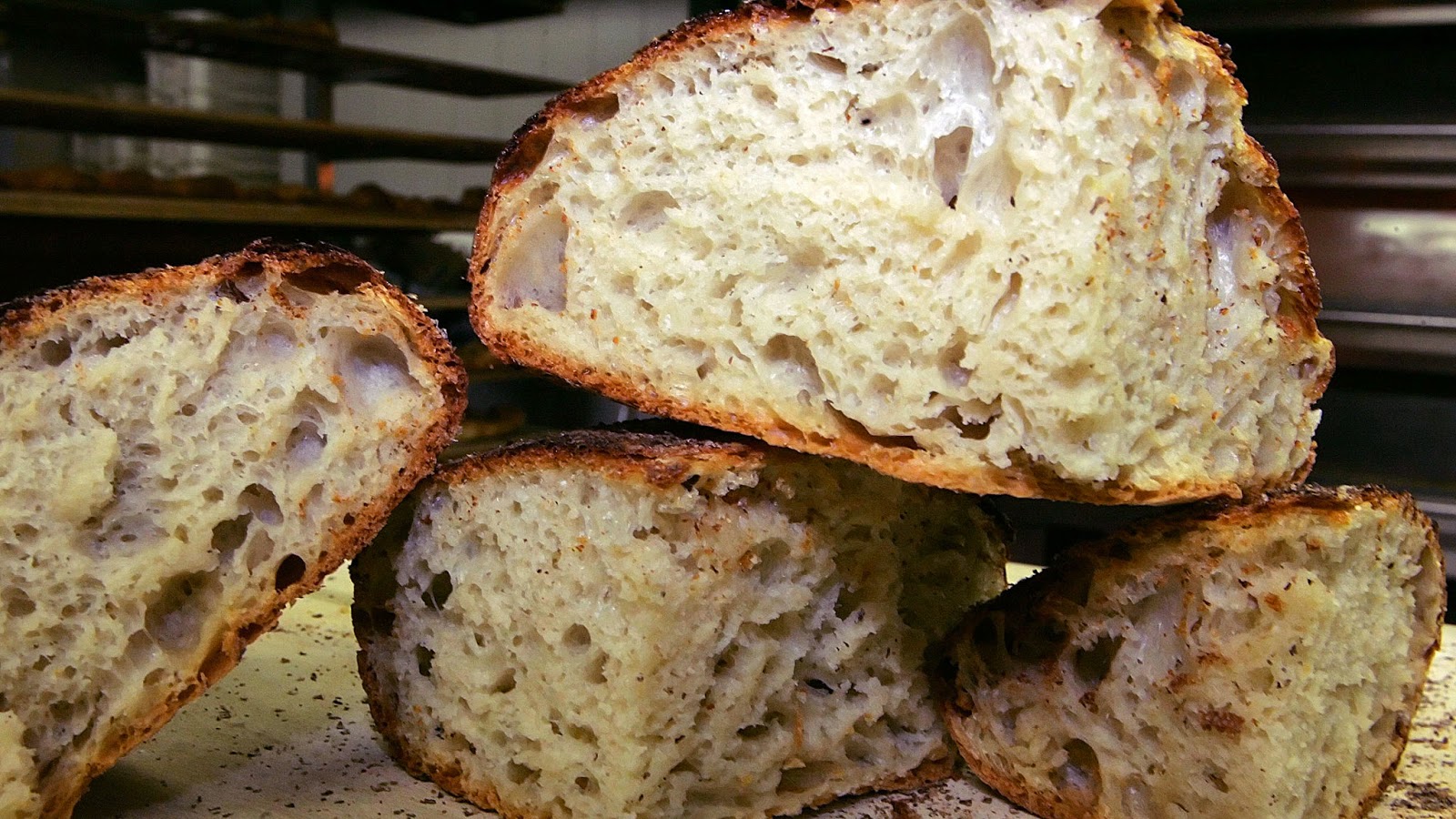 |
| Photo: media.rochester.k1.mi.us |
THE SAVVY SHOPPER is doing something very different today in honor of Black History month, which begins on February 1st.
African Americans have contributed much to our culture: language, food and the arts. Obviously, we would not be the same country without them. Black history is American history.
In high school I wrote a poem in the form of a children's picture book about the travel to freedom Aboard The Underground Railroad. (Hopefully, I won't embarrass myself by sharing it!) Brushing up on American history, the UR was an informal network of local people -- free blacks and sympathetic whites -- who helped hide slaves along secret routes from Southern States leading to the North and Canada. It is a timeless tale of survival, as well as, the hope for a better life.
Allow me to dust it off and publish it here for the very first time. Visualize turning the pages of a picture book as you read:
Aboard The Underground Railroad
by Debra Turner
Thousands of slaves did not yield to their fate,
But developed secret routes to help them escape.
Away from owners and hard labor on Southern plantations,
They followed the North Star in search of salvation.
Traveling in groups, some carrying boxes and sacks,
Others proceeded on, wearing the rags on their backs.
A hazardous journey, runaways moved under moonlight,
And kept carefully concealed with freedom in sight.
A people … a race … destined to be slaves,
Born to be subservient until the end of their days.
For fugitives seeking refuge from a peculiar institution,
The Underground Railroad held the solution.
Neither underground, nor a railroad, with a loose organization,
Railroad terms became code words. Hiding places were called "stations.”
Up to the free states and Canada, passengers walked, sailed, and swam,
Over harsh paths through thick woods, river crossings and mountainous land.
Aboard boats, trains and wagons, each person rode … haunted with fear,
By the specter of recapture that always loomed near.
Free blacks and white abolitionists in both the North and the South,
Provided food, shelter and directions for slaves along the route.
The system gave black men, women and children a chance to flee.
And released souls from bondage in the land of the free.
****************************************************************
Here is a useful sidebar and glossary to flesh out history. Visualize them (below) scattered throughout the picture book (with lovely illustrations) had it been published as a picture book.
****************************************************************
Sidebar of celebrated “conductors"
Harriet Tubman (1820-1913), a runaway slave, herself, who returned to the South on 19 rescue trips to help 300 slaves escape to freedom. She was never caught and never lost a “passenger” on any of her trips.
Levi Coffin (1798-1877), a Quaker abolitionist, whose
home in Newport (today Fountain City), Indiana was located on three major escape routes. Called the “President of the Underground Railroad,” he helped over 3,000 runaways reach freedom.
John P. Parker (1827-1900), a black abolitionist from Ohio, who went down to Kentucky and Virginia and transported 400 or more slaves across the Ohio River by boat.
John Fairfield (d.1861?), the son of a slave holding Virginia family; he ventured into the Deep South and saved hundreds of captives by posing as a slave trader. His abolitionist friends last heard from him in 1861. (Citing newspaper reports, Levi Coffin concluded that Fairfield was killed in Tennessee on a rescue trip.)
****************************************************************
Glossary
plantation – a large farm on which fruits, vegetables and crops like cotton were grown.
peculiar institution – a term used to describe the practice of owning African Americans as private property. The custom ended in the North by the early 1800s and in the South after the Civil War in 1865.
abolitionist – a person who worked to end slavery.
Quakers - a religious group who sympathized with slaves in their struggle to gain freedom. Many Quakers became abolitionists.
stations – railroad jargon for safe houses.
passengers – a code word for runaway slaves.
conductors – the men and women who risked their own safety to guide slaves to the next safe house or “station.”
Fugitive Slave Act of 1850 – a law passed to give slave owners the right to recapture escaped slaves anywhere in the United States and bring them back to bondage in the South. It made helping runaway slaves a crime.
 |
Photo: PBS
Click this map of the Underground Railroad's path.
|






























